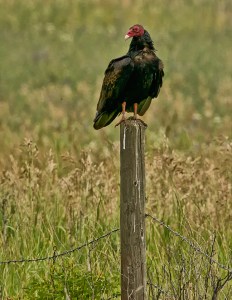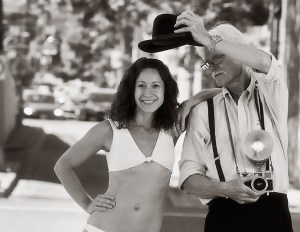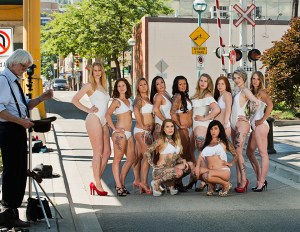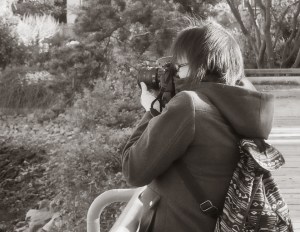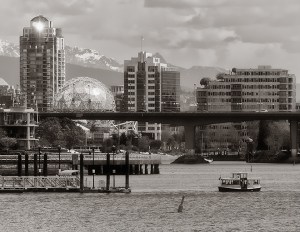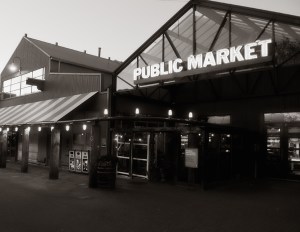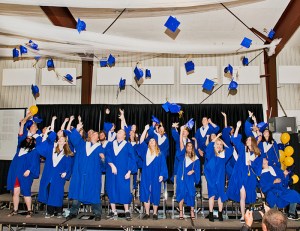There is nothing like a rainy day to bring out the colours when photographing the great out-of-doors.
This past week my friend Jo and I headed to the nearby Chase falls on a rainy day to try out my new 14-24mm lens. It’s a really wide and many suggest that it is one of Nikon’s sharpest.
When I got the lens I wasn’t all that impressed. It’s damn neat lens, but the protruding front glass and permanently fixed hood made me wonder what one would do for a filter on a sunny day. I began searching and found out that although Nikon ignored the possibility that photographers might want a polarizing filter. However, there are several filter holders made by other companies that are specifically for that lens. All I needed to do was add to that holder and get a both a 150X150mm polarizing filter and a Neutral Density filter.
I had talked about taking that lens to our local falls for its first test, so when I woke to rain I knew it might be a good time to check the lens, filter holder and ND filter out.
I was procrastinating though till I go a text from Jo. saying her husband had seen several vultures along the road.
That was all it took, I put my 150-600 and the 14-24 in the car, picked up Jo on the way, and drove out on the highway towards the small town of Chase.
We could see several vultures circling and as we got closer and there were a couple sitting on fence posts beside the remains of a deer that must have been killed by traffic at night. It was hard to pull off the freeway with all the big trucks zooming by, but Jo rolled down the window and ignoring the rain photographed the vultures first on the posts and then as they took off.
When we arrived at Chase Falls I grabbed a couple umbrellas from my car trunk and we walked along the path to the falls. I always store umbrellas in my car along with a couple monopods. Doesn’t everyone?
The light on that wet rainy day was, as I had hoped, perfect at the falls. Rainy days are often like that.
We worked as a team in the pounding rain. Jo held one umbrella keeping the camera, lens and filter dry as I set up the tripod for each location.
We metered and made some test exposures. The ND filter was a very dark 10X so we had to set the lens to manual focus and pre-focus each photograph.
As always with any scenic I prefer lots of depth of field and want the sharpest aperture available. We set the exposure at f10 for 5 seconds.
Shooting in the rain is fun and rewarding. One has to be prepared with a tea towel or handkerchief to wipe excess moisture off the camera, lens and, in our case, big ND filter. Some photographers prefer special camera and lens covers, but I have always liked umbrellas.
I suppose most people might hold up beside the window on a rainy day with a cup of hot chocolate and watch the rain, but once in a while its great fun to go out in the diffused light that makes everything so colourful and create a few photographs.

